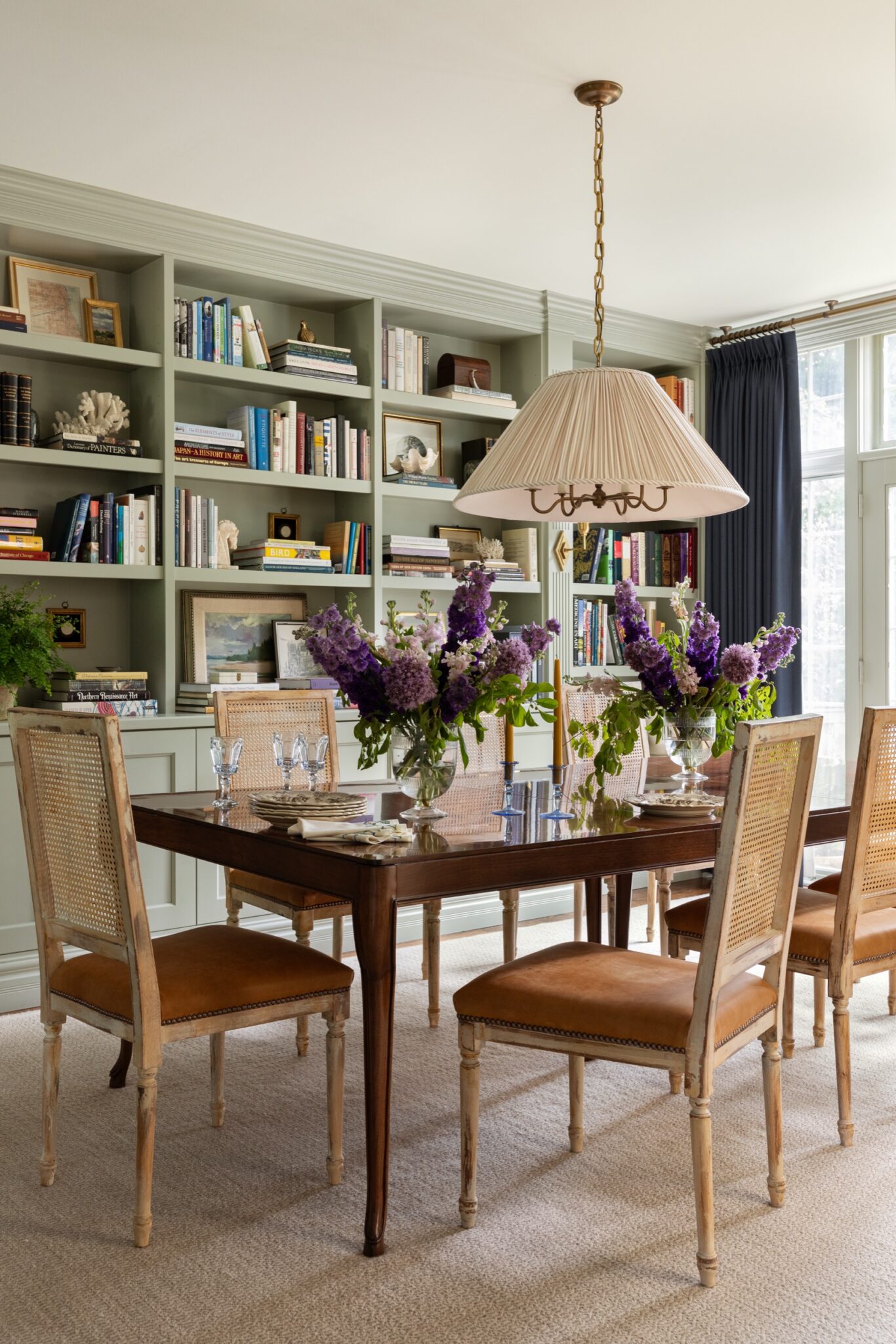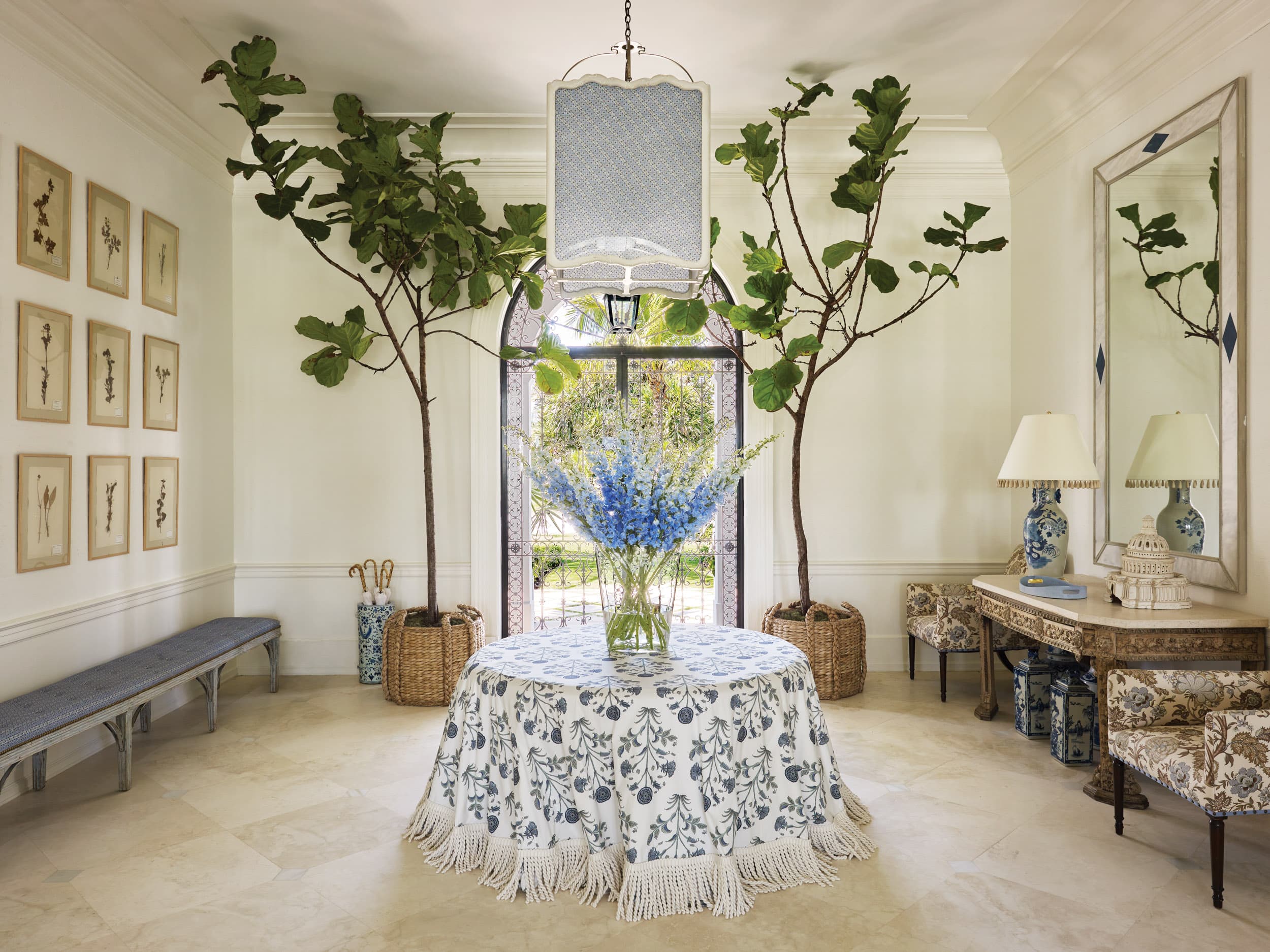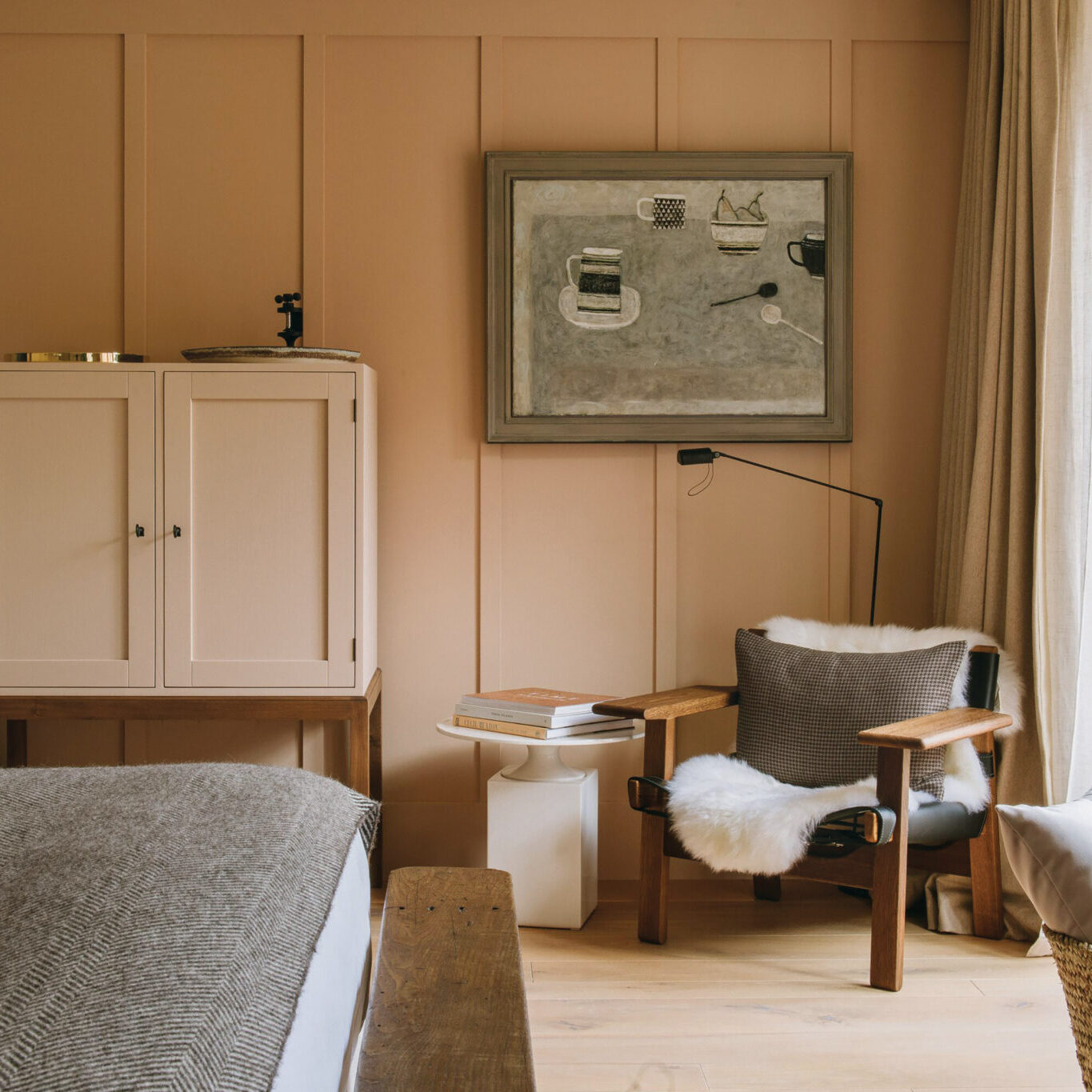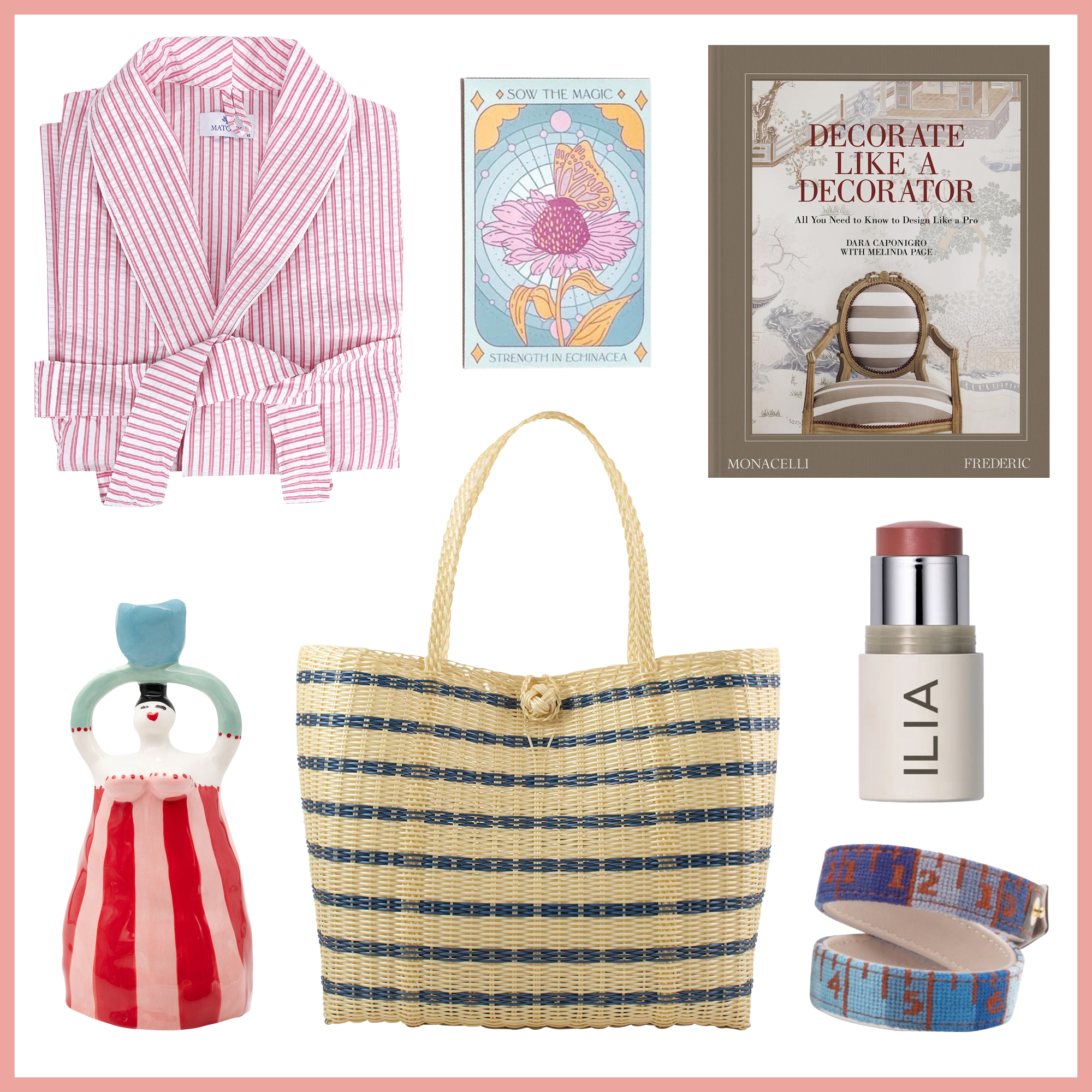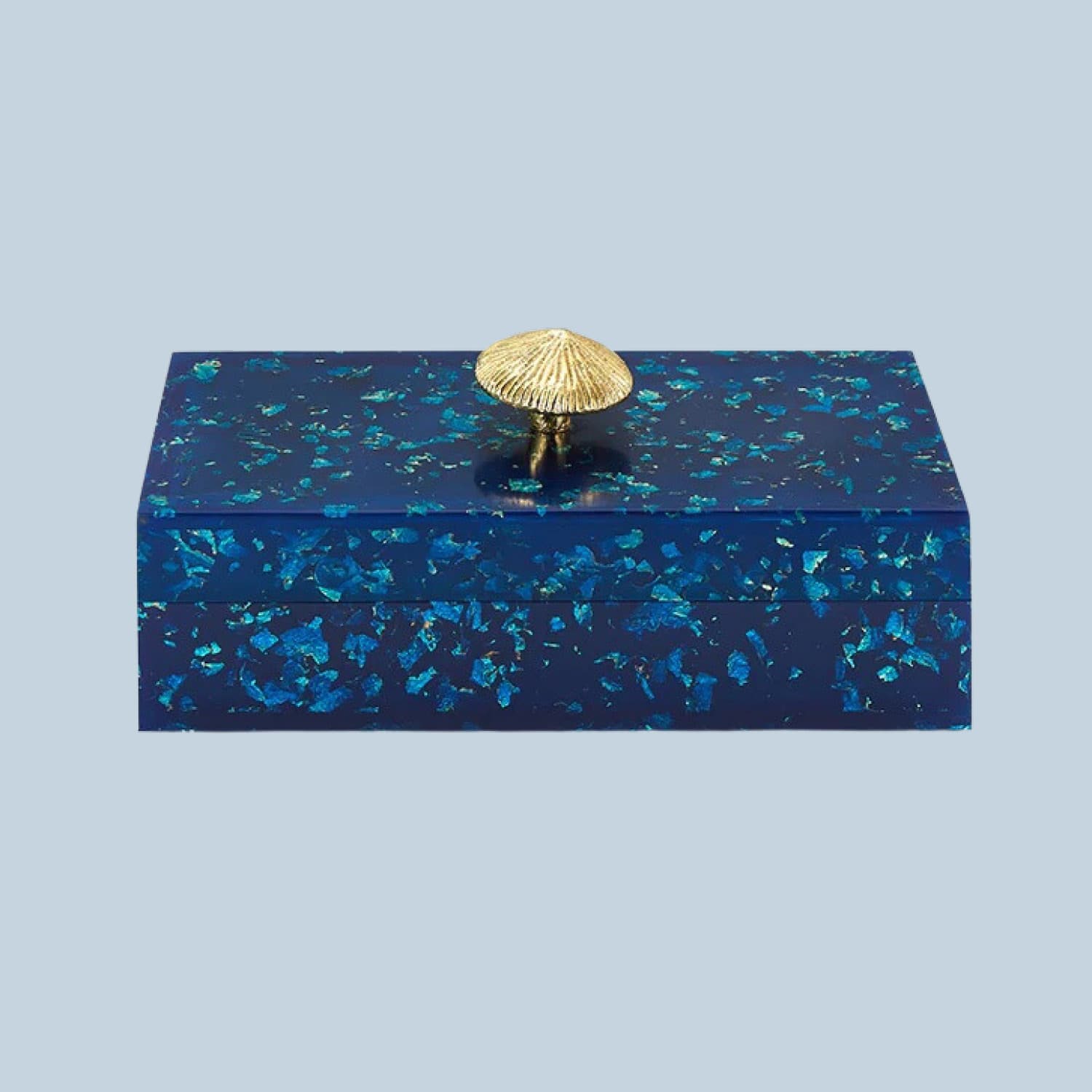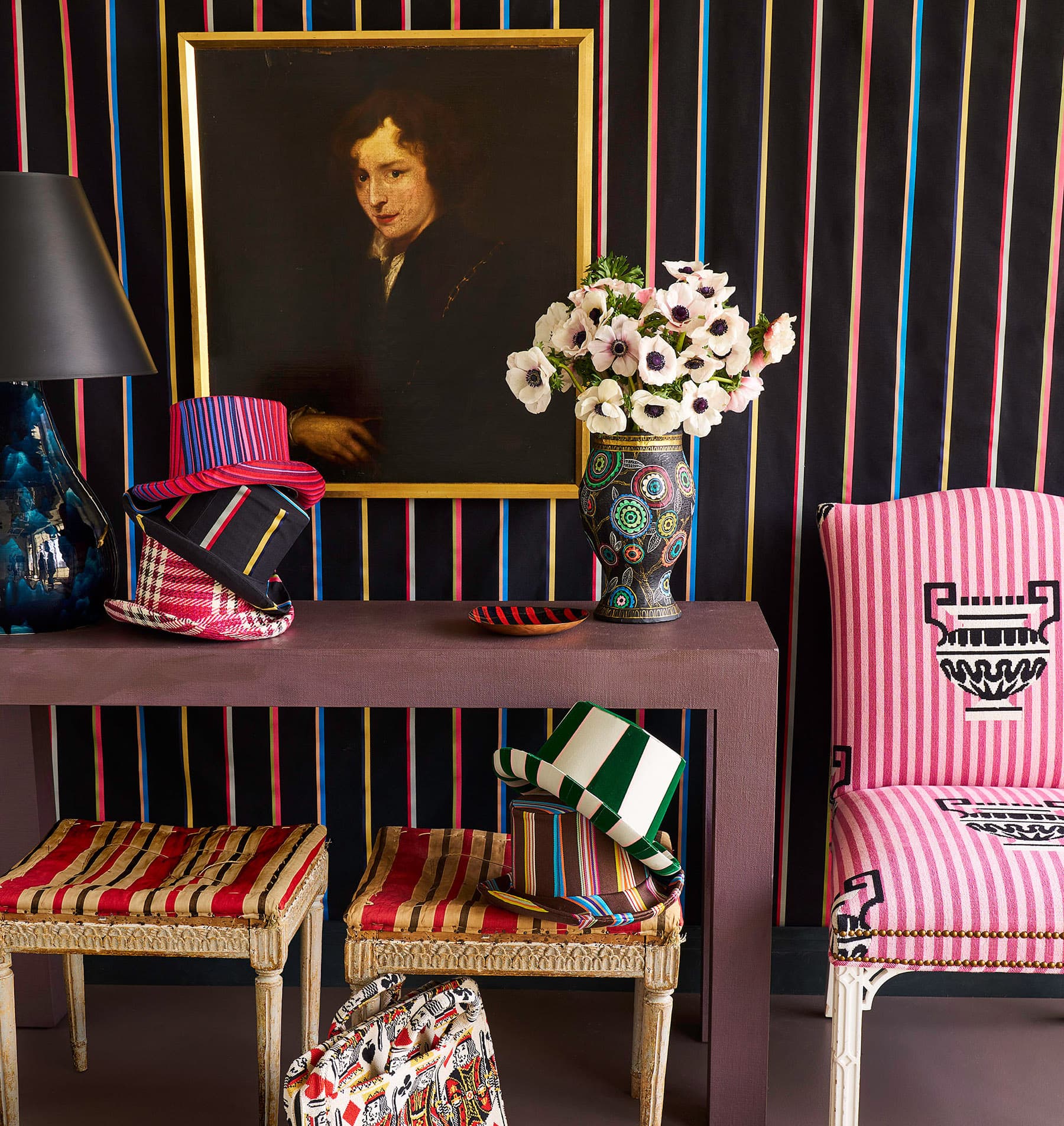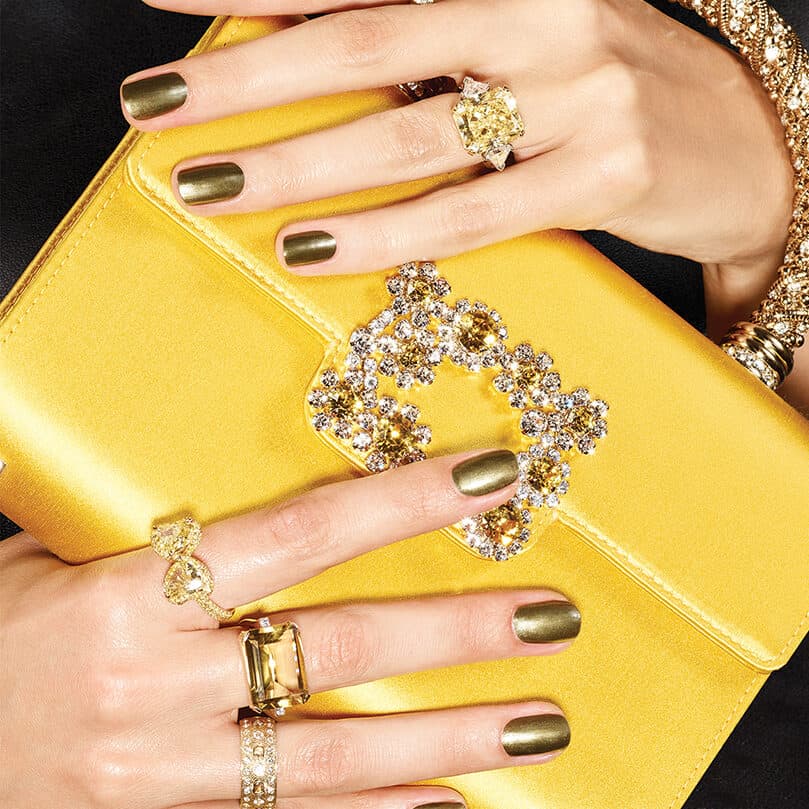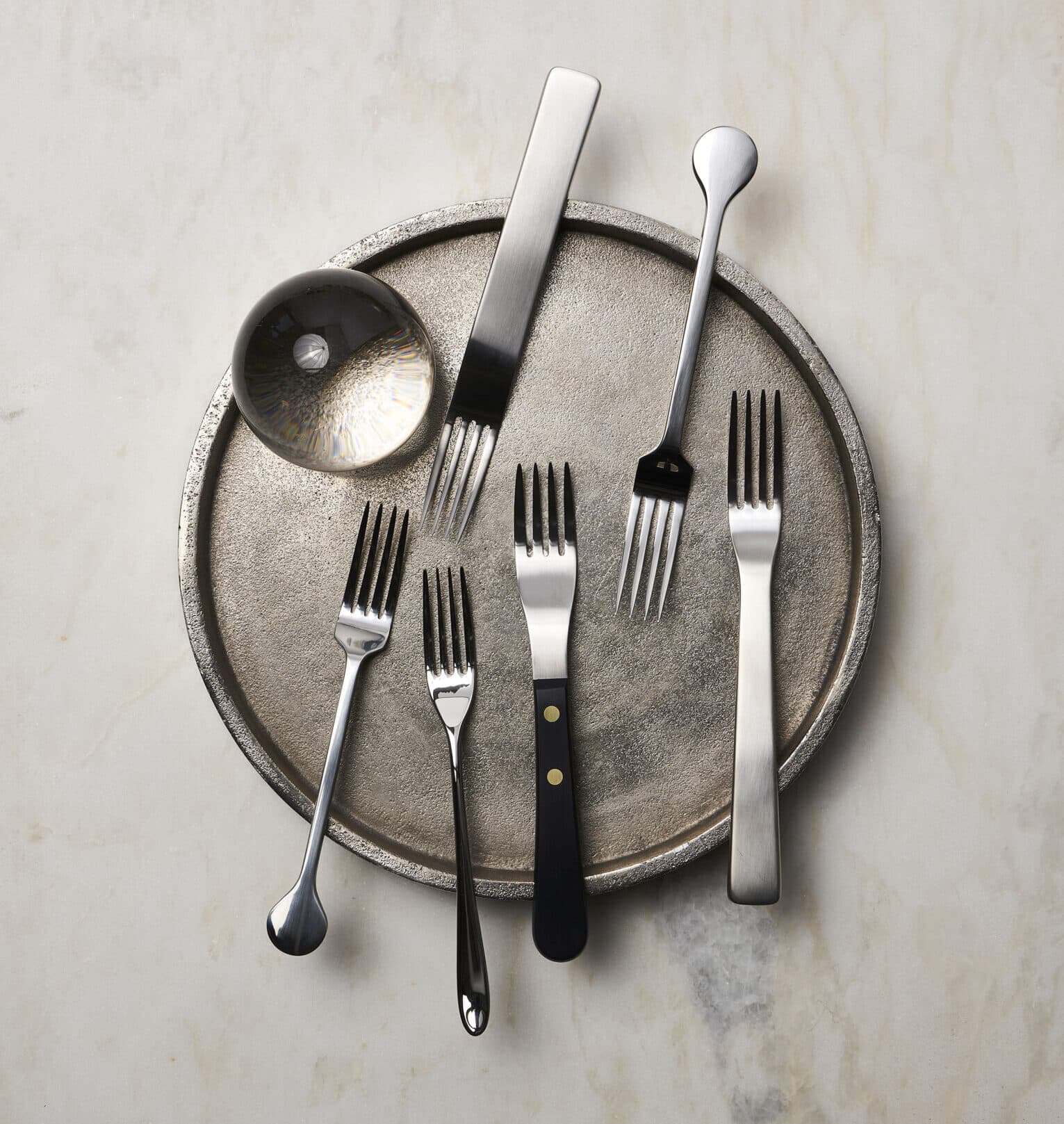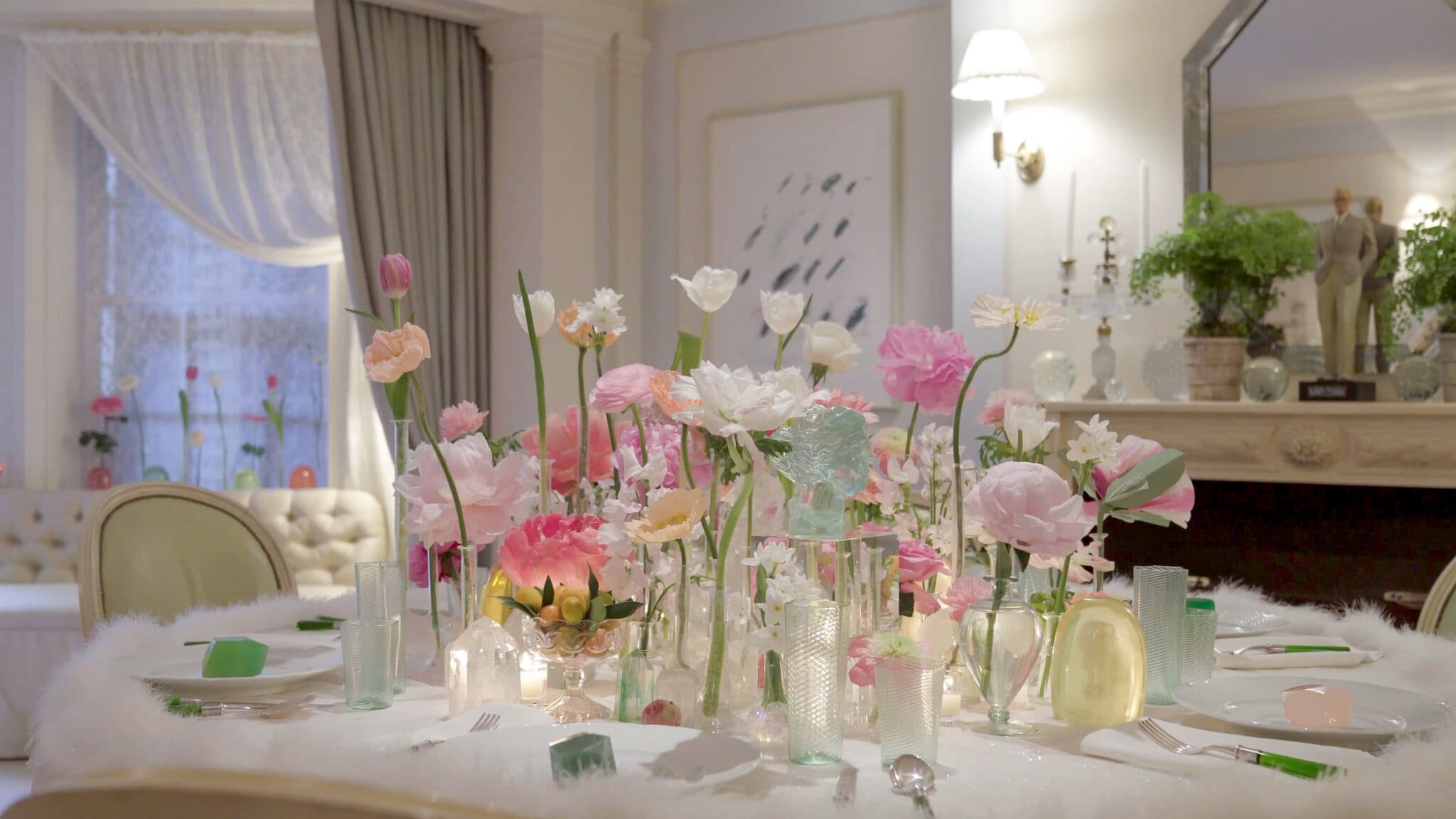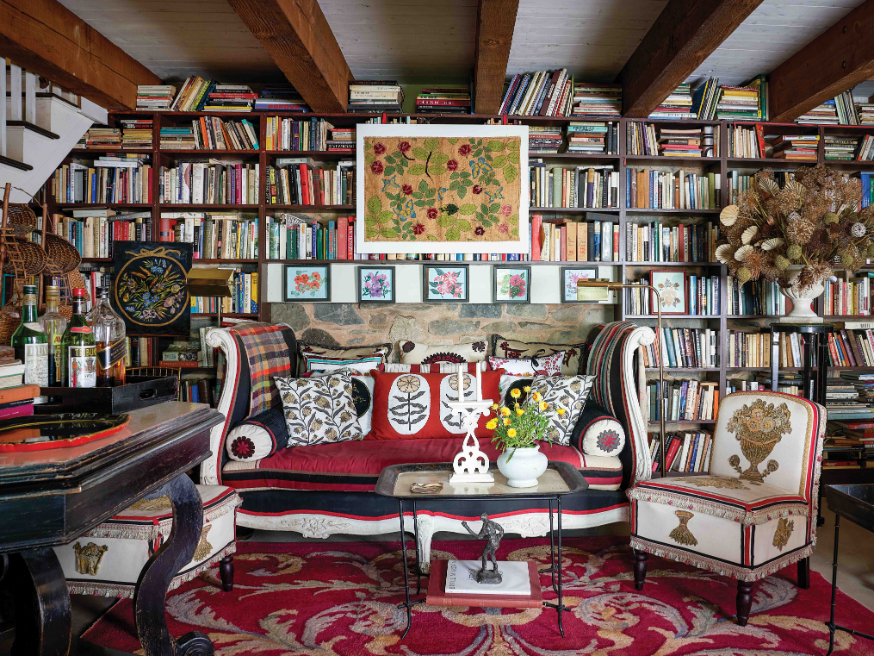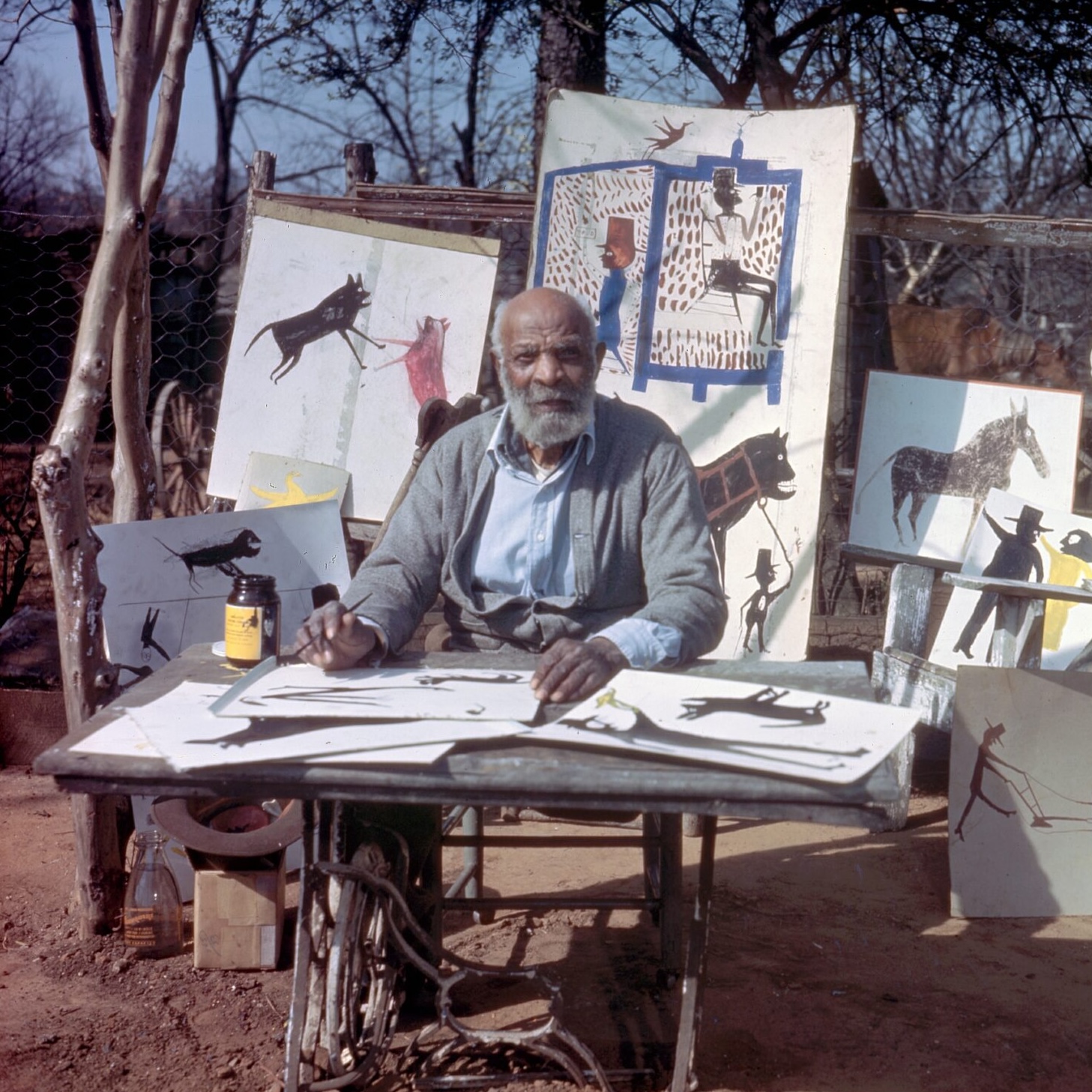
Artwork is often the last element to be purchased for a home—and the hardest to get right. So we turned to Adam Charlap Hyman, co-founder of design firm Charlap Hyman & Herrero (and one of the brilliant collaborators at Schumacher and Patterson Flynn Martin), for advice.
“Whether the client has tons of art or just one special thing they love, our job is always to tie the thread between everything: the furniture, the art, the person and their personality,” he says. Here are his top tips for nailing it—and the rooms he mines for inspiration.

Get Inspired
Many of the references that we use as jumping-off points with our clients are so often famous artists’ houses or interesting collectors’ homes.
One of the most dramatic art-focused interiors I’ve ever seen is Cy Twombly’s Rome apartment. The casual nature in which he places amazing art left a huge impression on us and has come through in some of the spaces we’ve designed. There’s something almost slightly careless about it—it’s at once very humble but daring.

Pauline de Rothschild is another one who hung art in the most amazing way. There was really no one else who understood how to leave an empty wall. She also had some incredible scale relationships in her interiors. There’s a room in her London apartment that has this enormous painting of the Roman god Diana and it takes up the entire height of the room. I always wondered how they got it into the space, it’s like a ship in a bottle!

I find Marella Agnelli’s houses wonderful inspiration for how to put big things in little spaces and little things in big spaces. She was so good at having a mix from different periods and price points. And yet, somehow everything had such a crystal clear voice of its own…the harmony was perfect.

Even if it’s something that’s valuable, I want you to really get it and feel like you can access it, as opposed to seeing it as a check on the wall. We aren’t trying to create status interiors—I really want you to be able to appreciate every piece in the room.
Dominique de Menil’s home in Houston is a great example. There is great art hanging in a domestic space but it’s the surprising, engaging and compelling arrangements that catch you off guard. Even in her museum, the de Menil Collection, the pieces are hung in very special, meaningful ways. She’s just a master at enabling meaningful relationships with art and its space without making the grand works feel intimidating and off-putting.

Plan to Scale
Whenever we make a rendering or maquette of every room, we’re considering scale, proportion, color, and a lot of very aesthetic and geometric concerns. With proportion, for example: If it’s an empty wall, will it be better served by a painting that’s big versus something smaller? A lot of these decisions happen during the rendering process so I have an idea of what piece would work or what artist would look amazing. That allows the conversation to open up and then it becomes all about the shopping.

Source Meaningful Objects
I really look for things that feel like they are part of history, part of a canon. I basically have my own art history textbook in my head. The canon obviously has its really obscure moments and its big stars; but there’s a lineage, and I look for things that both speak back to earlier things while simultaneously pushing the boundaries forward.

But Don't Start With the Art
We always have to have the furniture first, we have to know what’s going in a room before anything gets hung—that’s usually one of the last things.

Involve Clients in the Hunt
It’s the best part! Our clients love going to galleries and having those relationships with the artists and understanding what everything costs. Weirdly, it can take 80 gazillion years to go back and forth on whether they want to spend $700 on a sofa, but then they’ll say ‘Oh I just bought this $2 million painting the other day!’ And there’s a reason: Art clients are pretty smart people, and you can’t resell a sofa. There’s something liquid about art that makes the conversation less stressful because in the end, if they’re smart about it, the piece will be a great investment. And what are you going to do with a $30,000 sofa?
